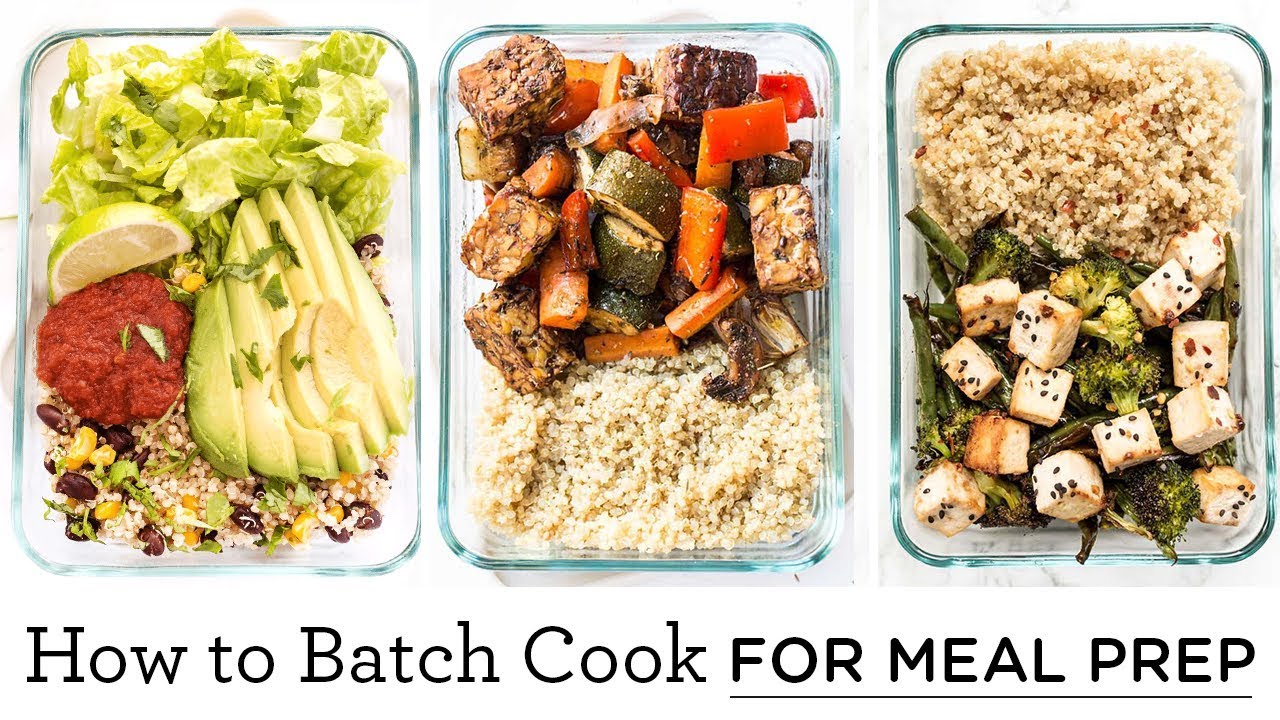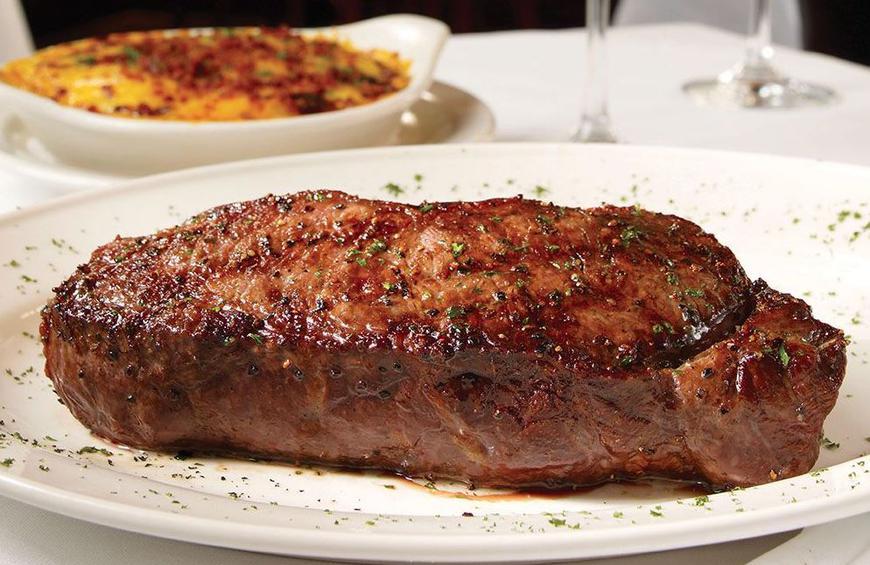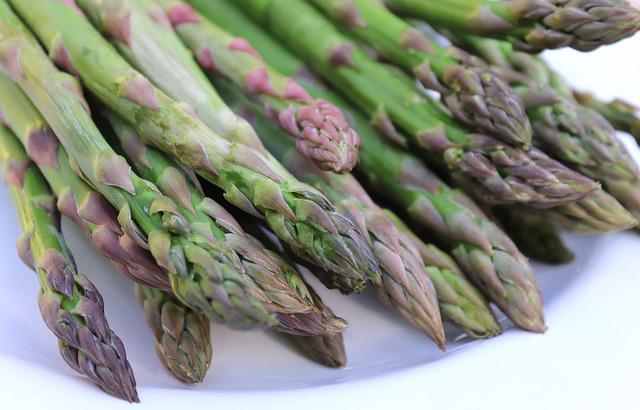
Here are some grilling tips to remember: Avoid flattening or squishing meats, oil the grate, and avoid flare-ups. These are the most common mistakes that people make when grilling meats on the grill. These tips will ensure that your meats are cooked perfectly every time. These tips can also help you cook appetizers as your main course is cooking. Keep reading for more information about these tips!
Avoid squishing and flattening meats
It is possible that you have heard meat need to be chilled in order to make it soft. It's not quite true. Squishy patties don't actually extract moisture. Instead, they increase surface area and flavor. A meat mallet is a better alternative to pressing meat flat with your fingers. It flattens meat and breaks up fibers and connective tissue.
Avoid flare-ups
To prevent flare-ups, avoid adding too much fat to your food before you grill it. Too much fat can cause food to burn faster and may require you to reduce the cooking time. A clean grill can help avoid flare-ups. You can prevent flare-ups by using a wire-bristle toothbrush to remove any charred material from the grill grates.
To prevent flare-ups, you can use lean meat or trim any excess fat before you begin grilling. To determine the time when your meat is cooked, you can use a thermometer. You can prepare your meat beforehand by heating it in the microwave or placing it in a microwave oven before you start cooking. If you plan to grill a whole chicken, you should make it in advance, so you will have a better idea of how much meat to put on the grill.

Oil your grill grates
A well-oiled grill grate will last for many months or even years. Oil will prevent food from sticking on the grates, which can lead to flare ups. It will also prevent rust and other harmful substances from ruining your grill. Here are a few simple ways to oil your grill grate:
Make sure to clean the grill grates regularly to remove any natural flavors. It will make it much easier to season evenly and help it last longer. Next, coat your grate with high-heat cooking oil. Coconut oil, peanut oil, and canola oil are all good options. Spray-cans of vegetable oil are also good. Allow the oil to drip onto the grate and continue this process for 20-30 minutes until it turns brown.
Avoid carryover cooking
You are probably aware of carryover cooking. This is when heat moves from one part to the next. This problem affects not only food but also non-food items like hot rocks. You can avoid this by allowing the food cool down before you place it back on the grill. However, you can't avoid the problem completely. Here are some tips for preventing it.
You can prevent any carryover cooking by properly resting your meat. The meat's temperature will rise after being removed from the oven. Therefore, it should be left to rest for at least five to fifteen minutes. Allow the meat to rest for a few minutes to allow the juices from the grill to redistribute. The longer the rest period, the better. A longer rest time is best for large pieces of meat. But, you'll have to follow these steps for each individual dish.

FAQ
What should a beginner chef learn?
Start cooking something simple, such as pasta, rice, soup. For those who want to learn how cook, a recipe book is a good option. Cooking can be fun when done with a partner. You can cook together as a family or with friends.
What are some basic cooking skills?
Basic cooking skills include reading recipes, measuring ingredients, cooking safely and cleaning up afterwards. You need to master these skills if you want to cook for your own meals. Cooking is a great way save money as you don’t have to order take-out every day.
How long does it take to become chef? What is the average career path in this field?
It takes five years to become a chef. This time you'll learn the basics of cooking and work as a cook assistant. You can apply for line, sous or executive chef positions after you complete your training. A chef can earn between $25,000 and $60,000 annually.
Which is the best method to store leftovers?
Tupperware containers are great for storing leftovers. These containers keep foods fresh and prevent odors from forming. They also keep foods warm longer. Remaining food can be frozen in freezer bag. For food that you are freezing, make sure to place it inside another freezer bag. Once the food is frozen place it in an airtight container, such as a zip lock bag.
Which is the best way for you to learn how to cook?
Cooking is one of those things that everyone should know how to do. You will miss out on great meals if you don't learn how to cook. The first thing you need to do when learning to cook is to find a recipe that you like and follow it closely. Next, practice making small tweaks to the recipe until the dish is your own. The last step is to cook for others. This will help you improve at cooking and also allow you to test your skills.
Statistics
- The median pay for a chef or head cook is $53,380 per year or $25.66/hour, according to the U.S. Bureau of Labor Statistics (BLS). (learnhowtobecome.org)
- You'll be amazed that over 90% of CIA students receive scholarships and grants to finish their culinary studies. (ischoolconnect.com)
- According to the BLS, chefs earn $58,740 a year. (learnhowtobecome.org)
External Links
How To
How to cook steak
The thickness of any meat will dictate the cooking method. Thicker steaks should be cooked over low heat. Thicker steaks will need to cook at higher temperatures.
You should also ensure you don't overcook them because they'll lose flavor. And remember always to remove the steak from the pan when it's done - this way, you won't burn yourself.
Cooking times depend on the size of the steak and the desired degree of doneness. Here are some general guidelines.
Medium Rare: Cook until medium-rare, which is when the internal temperature reaches at least 145degF (63degC). This will take between 3 to 5 minutes per side.
Medium: Cook until medium, which means the internal temp reaches 160degF (71degC). This takes approximately 6 minutes per side.
When done well, cook until the internal temperatures reach 180°F (82°C). This normally takes 8 to 12 minutes per side.